Cilento is a happy land, rich in nature that often knows how to put on a show, but also full of history and ancient traditions. There are many small villages that are worth visiting, among narrow streets that intertwine with each other and wonderful panoramas that suddenly open up before your eyes.
One of these is Orria, a quiet corner of paradise which over the years has earned an unexpected and well-deserved fame also among contemporary art lovers. In particular, it is its hamlet, Piano Vetrale, that has increasingly become a popular destination for fans of murals, a form of expression that generally recalls metropolitan landscapes and big cities, but which, despite it, is perfectly at home here.
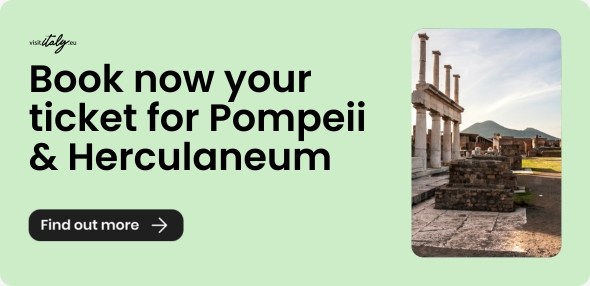
Piano Vetrale di Orria, a gem in Cilento
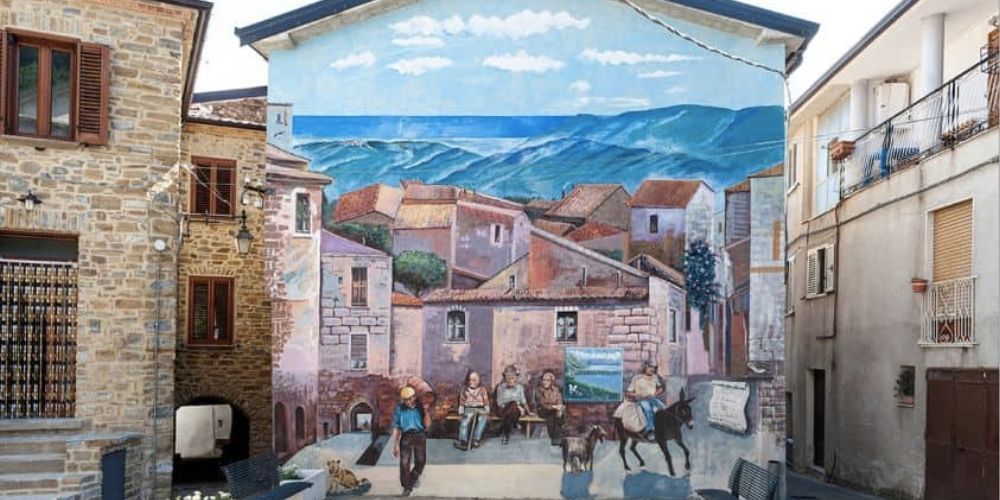
Piano Vetrale di Orria is a small village near Salerno. It is a typical village of the Cilento hinterland, cozy and hospitable, inhabited by just over 250 people. Its urban structure remains unchanged, stuck in the past, characterized by a network of countless and sometimes inaccessible alleys, all connected by extended arches. All the narrow streets have cobblestone pavement, which reveals the ancient origins of this jewel in Cilento. Among the historical testimonies of Piano Vetrale, it is worth visiting the ancient Church of Sant'Elia Profeta.
The only means of transport to reach Piano Vetrale di Orria is by car. Below, here are the main roads to take to get there:
- SP 56/a, junction to SS 18 Ostigliano-Perito-Orria
- SP 56/b Orria-Piano Vetrale, junction to SP 47
- SP 47, junction to SR 488 (Stio)-SP 56 (Orria)-SP 370-SP 80 (Cardile), junction to SR 488 (Moio)
- SP 150, junction to SP 56 Piano Vetrale.
- SP 264, junction to SS 18 (Omignano)-Bridge over the Fiumara-Orria, junction to SP 56
The whole area, however, is dotted with small villages and natural wonders that will leave you speachless. A good starting point for visiting this awesome corner of Italy is the welcoming B&B L'Aura, located inside an elegant historic building in the hamlet of Stio, just a few kilometers from Piano Vetrale.
Piano Vetrale di Orria, a small art capital in Cilento
Piano Vetraledi Orria houses a thousand-year-old church dedicated to the patron saint of fire and rain. Recently restored, the Church of Sant'Elia Profeta was built around the year 1000 by the Basilian monks and was originally a place of worship for the three villages of Aria, Vetrale and Piano.
Every July 20, the patron is celebrated with a great festival: in ancient times, the inhabitants prayed to him during periods of drought, but also to remedy other natural disasters such as earthquakes, epidemics and wars.
Anyway, today Piano Vetrale di Orria is considered a true small art capital, able to attract so many tourists from all over the world for a particular initiative that made it an open-air museum. Let's check it out following!
The origin of the art of murals in Cilento
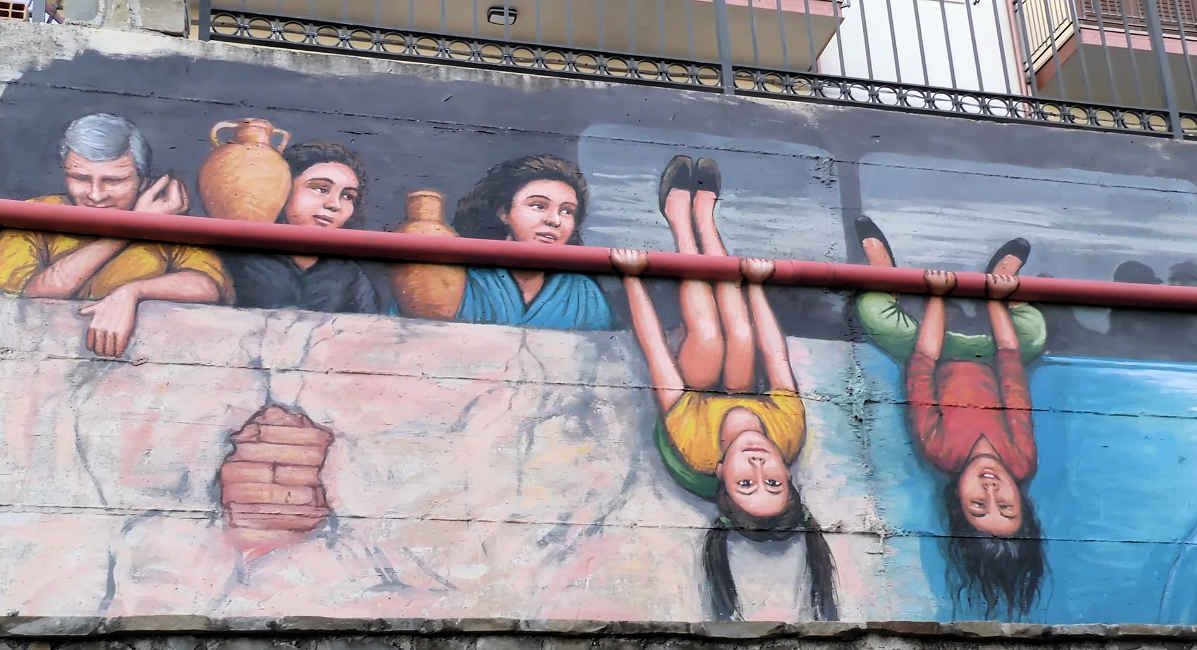
At the end of the 1970s, the Sicilian artist Pino Crisanti had an intuition: adorn Piano Vetrale walls, facades and doors with pictorial representations of daily life chronicles. In particular, it was decided to embellish the village with Murals. If you love street art, you can explore the topic checking out the most evocative Italian villages of murals.
Crisanti’s suggestion was welcomed enthusiastically by the Cultural Association Paolo de Matteis, dedicated to a famous fellow countryman artist commemorating his creative flair. The citizens have always been very attached to the figure of the great master born here in 1662, so much so that they commemorated it by painting his face in a black and white mural.
The murals of Piano Vetrale di Orria, a beautiful attraction
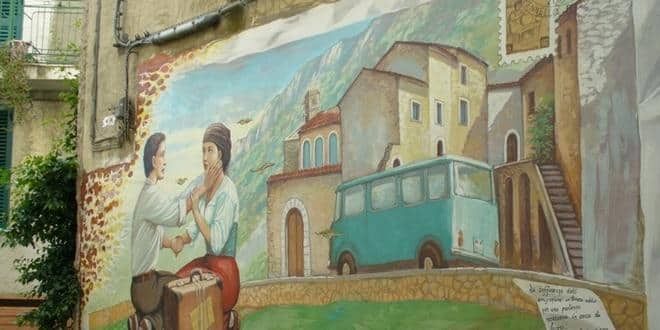
From the end of the 1970s to the present day, Piano Vetrale di Orria has been embellished with an increasing number of murals, long considered a new form of urban regeneration. You can see enchanting works of street art by wandering through its narrow streets.
To date, the murals of Piano Vetrale are preserved as a heritage like the natural environment. Not surprisingly, the oldest works began to be restored recently. Moreover, every July, there is a contemporary art exhibition called Il Pennello d'Oro (The Golden Brush) articulated in different sections, including sculpture and photography.
Over the years, many artists from all over the world have realized the several Murals of Piano Vetrale. Precisely for this reason, walking through this Cilento village, you can observe different styles, techniques and narrative strands.
The Neapolitan school, for example, focuses on realism and depicts scenes of rural tradition as well as references to respect for the environment. On the other hand, the Sicilian school adopts the themes of the classic myths and an engaging explosion of colours. There are also more fanciful representations, such as fairy-tale characters with dreamlike traits, typical of the Franco-Provençal school.
Anyway, it really seems that the passion for art is at home here because in Orria, of which Piano Vetrale is the best known fraction, you can also find CilentoLab, a laboratory specialized in ceramics works that offers anyone the opportunity to practice this ancient technique, along with many other art forms. Let yourself be inspired by the magnificent murals and then test your creativity, in total relax, thanks to the many workshops or fun creative aperitifs organized by this creative lab, to experience first-hand all the charm of Italian handmade.
Find out more about CilentoLabArt does not reproduce what is visible but makes visible what is not always so.
What are murals?

The murals are born as a form of urban art, but it is necessary to distinguish them from the technical and content point of view from the other representations of this genre. Works of street art such as graffiti, for example, primarily represent writings, signatures and, more generally, explosions of imagination of artists.
On the other hand, the murals are paintings on walls of private and public buildings, therefore considered a complete artistic representation. Generally, they tell a story or pursue causes of social struggles, denouncing hardships and abuses of the community.
Not surprisingly, this form of art has origins dating back to the beginning of the twentieth century, following the troubled years of the revolutions that have marked many European and non-European states.
The arrival of murals in Piano Vetrale di Orria
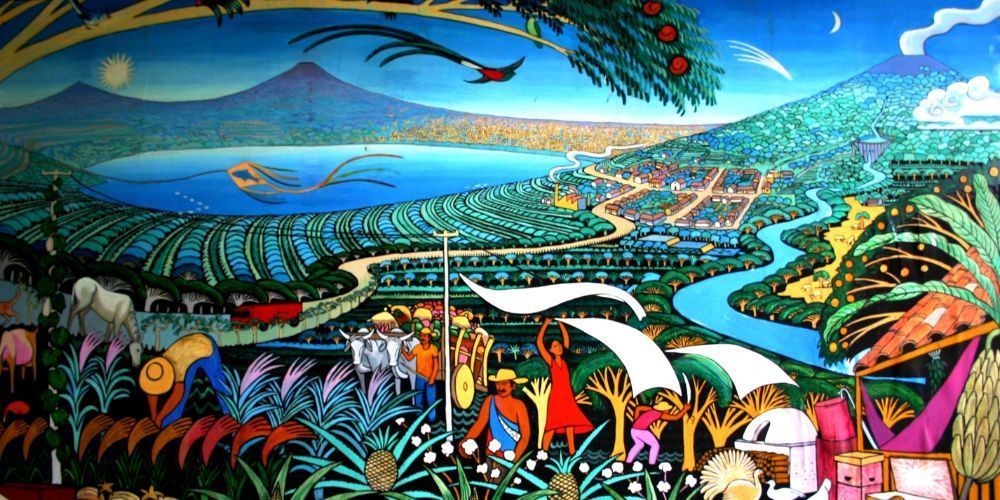
In particular, the cultural phenomenon of murals was born in Mexico, where artists such as Diego Rivera used this technique to express political and social messages.
For Mexican artists, the murals represented a new way of communicating with the people, convinced that art should become a means of communication at the latter's service. At first, the unique artistic expression allowed artists to work on commission and suitably prepared spaces. Subsequently, it spread gradually in the neighbouring United States and reached worldwide, even if turned into a poor, anonymous and provocative art favouring collective composition.
In more recent times, murals have become a fundamental form of reclaiming urban spaces to use the art for direct and immediate mass communicative fruition.
From the art of man to the art of nature: the Alento River Oasis
After visiting the beautiful village of the murals of Piano Vetrale di Orria, your fantastic adventure in Cilento continues with many other beauties to discover among the lush nature of this land with an iconic landscape, where the green hills blend harmoniously with the blue of the waters.
Speaking of, an unmissable place for those who love tranquility surrounded by greenery is certainly the Alento River Oasis, less than half an hour's drive west of Orria (near Prignano Cilento). It is a beautiful naturalistic park located in the heart of the Cilento region near the dam on the Alento river, made up of lakes of important ecological value that contribute to safeguarding the richness of local biodiversity.
Inside the park it is possible to practice a wide range of outdoor activities, in particular exciting excursions by bike or even on horseback, sailing, archery, birdwatching and relaxing picnics in a beautiful landscape setting.
Visit the Alento River OasisAbout the author
Written on 12/07/2024


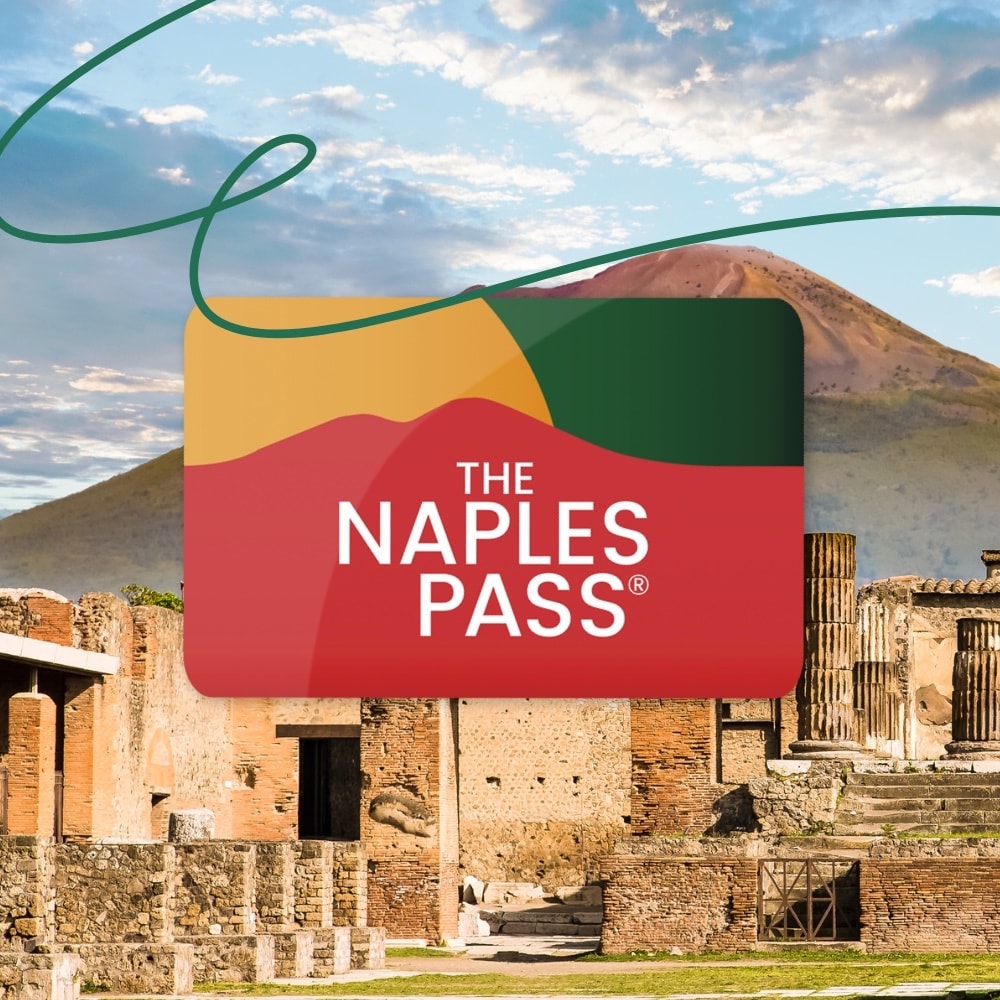
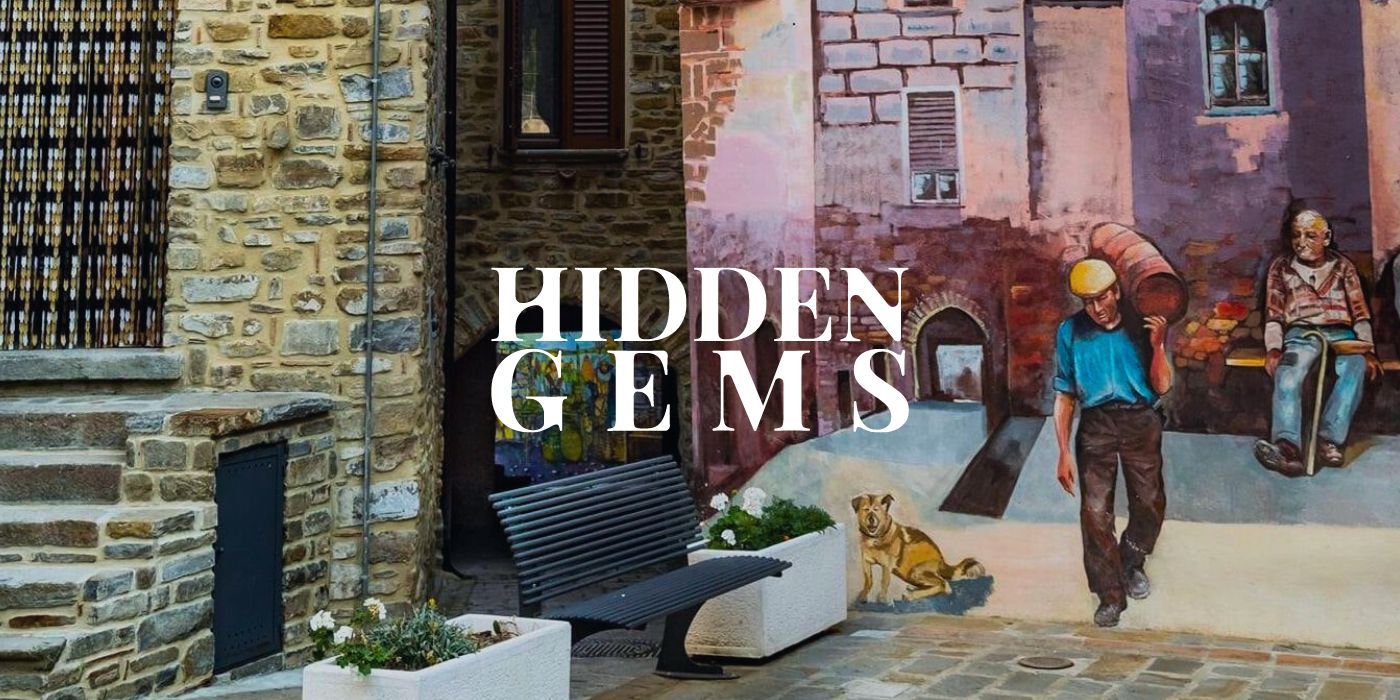
Sabrina Fabozzi
Discover Piano Vetrale di Orria, a jewel in Cilento known as the village of murals, an unmissable tourist destination for art and nature lovers!